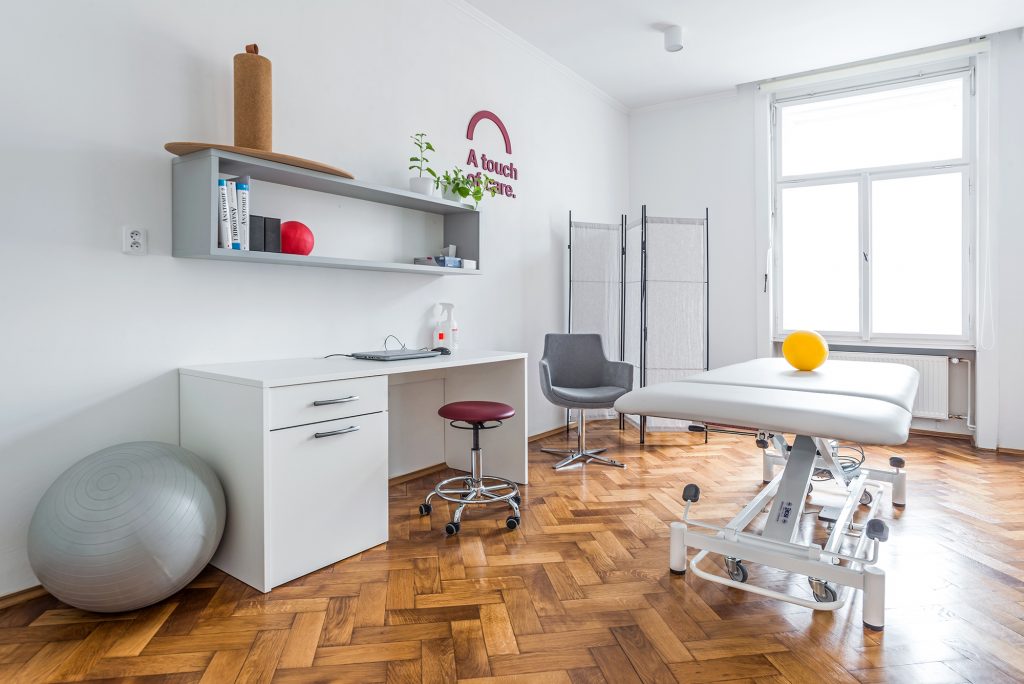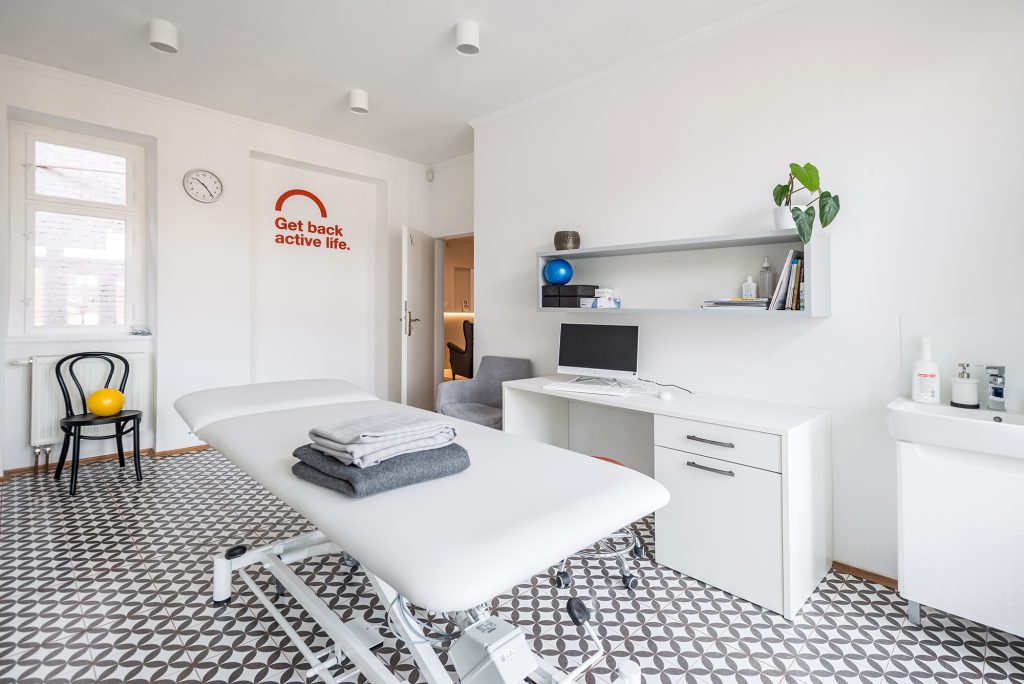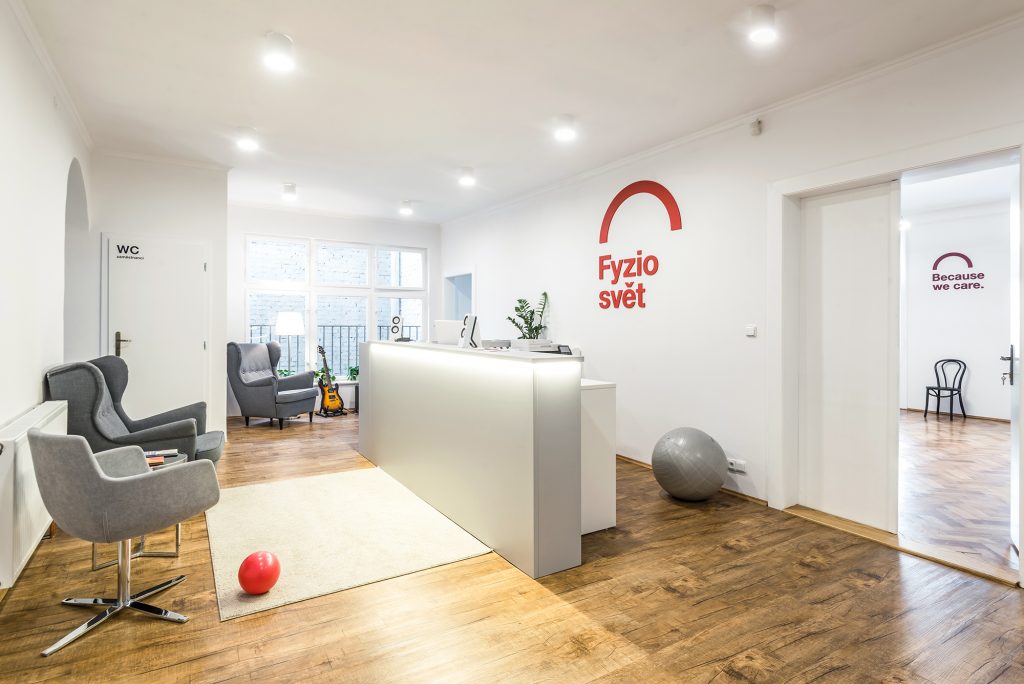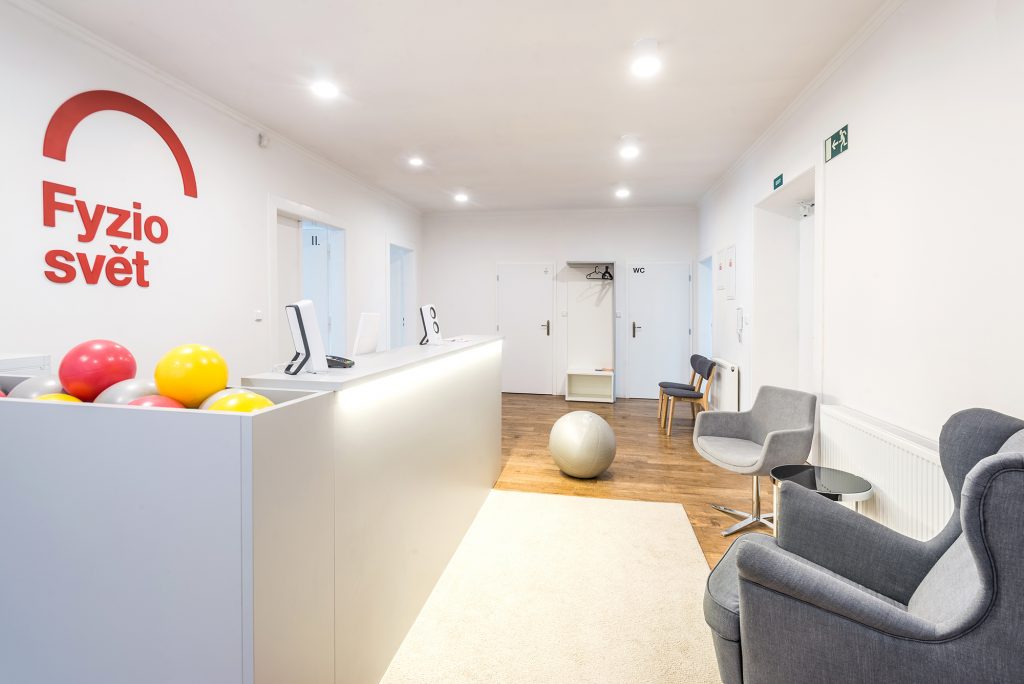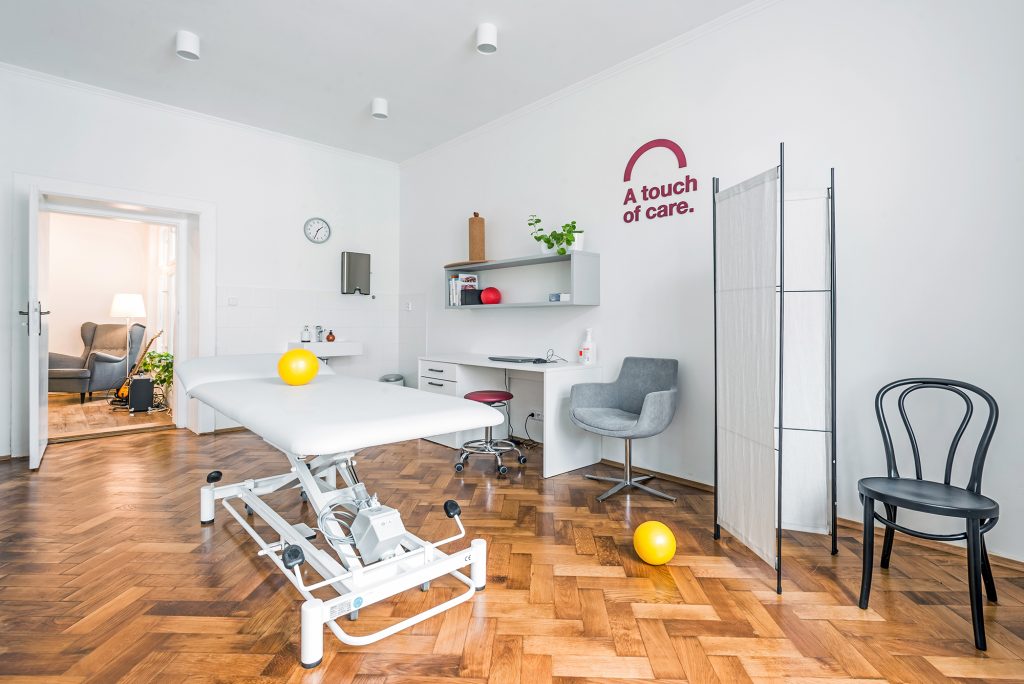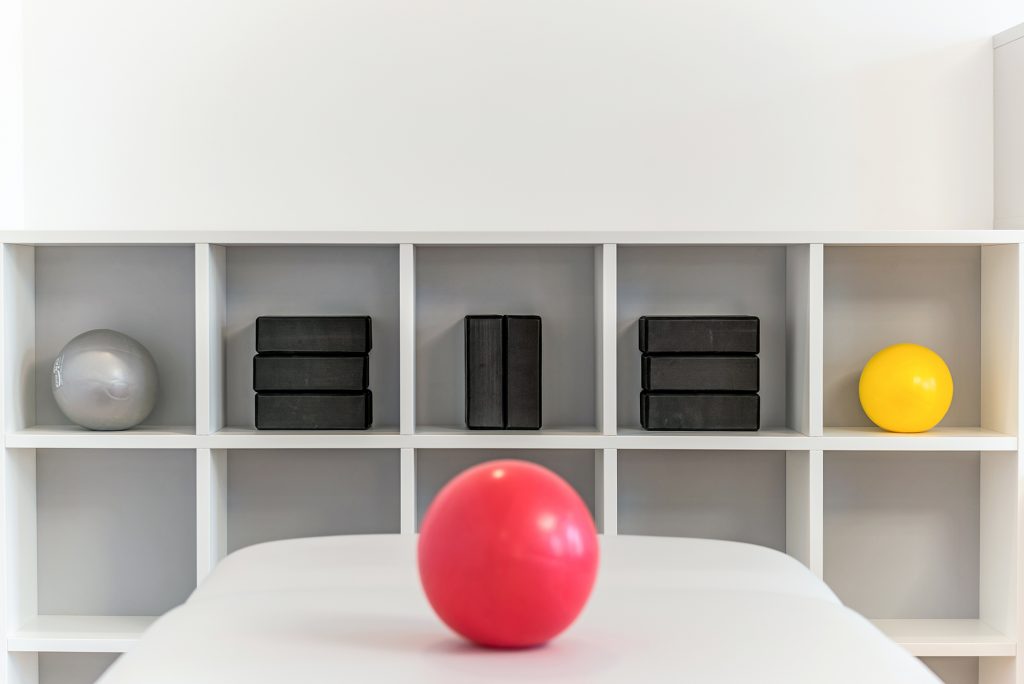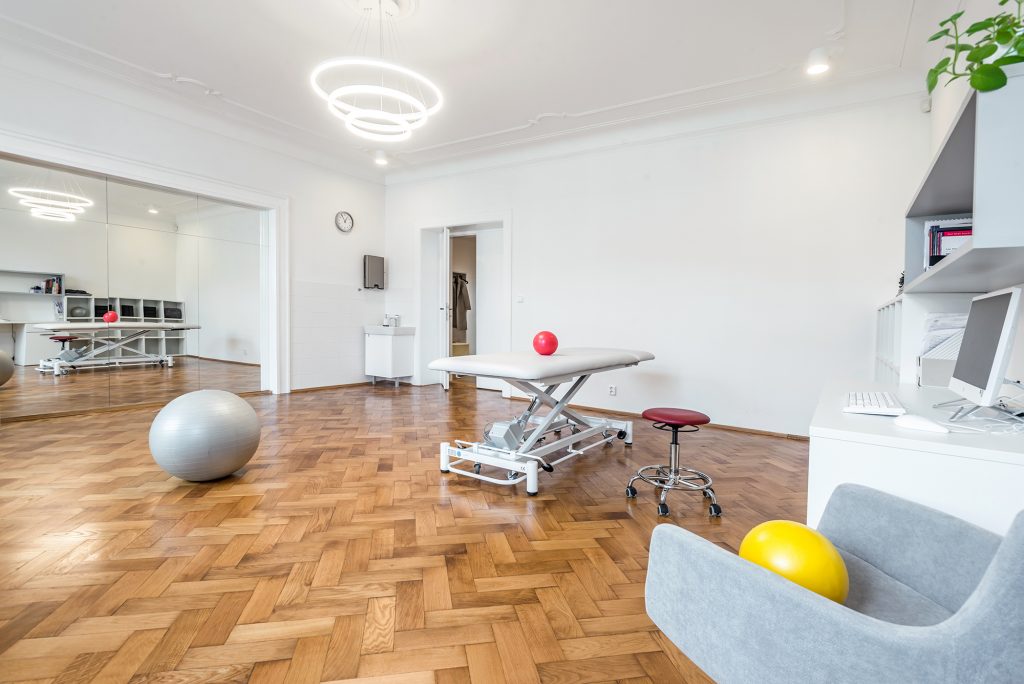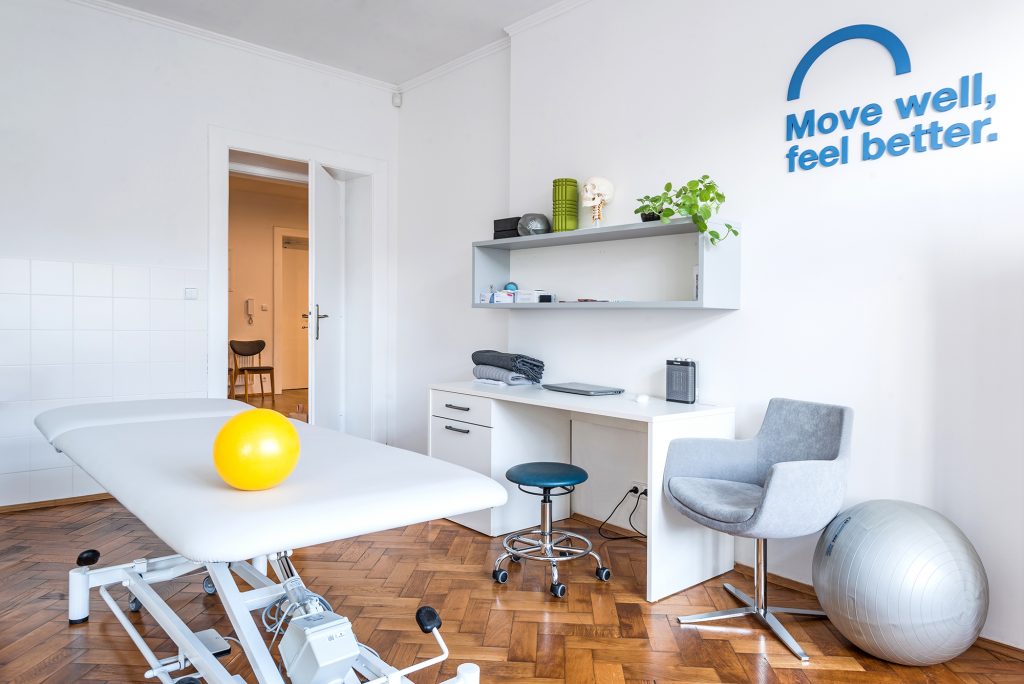Heel Spur, Plantar Fasciitis, and Shockwave Therapy
Treating heel pain often takes time and can be challenging. Clients frequently suffer from long-term pain when walking, and in worse cases, they may experience pain even at rest after increased physical activity, significantly affecting their quality of life. One of the most effective treatments for these issues is a combination of well-executed physiotherapy and shockwave therapy. The most common causes of heel pain are heel spurs (calcar calcanei) or plantar fasciitis, and both conditions can sometimes occur together.
Heel Spur
A heel spur is caused by inflammation of the tendon attachment (enthesopathy) of the foot muscles. It manifests as pain in the heel bone, initially felt at the start of movement and later during physical activity. During a foot examination, the physiotherapist will identify tension and tenderness. With long-term overuse, calcification occurs at the site of the tendon attachment, leading to the formation of a heel spur, which can be detected via X-ray.
Plantar Fasciitis
Plantar fasciitis presents similarly to a heel spur, but in this case, the pain is due to changes in the connective tissue of the plantar fascia (a strong tissue that supports the arch of the foot), rather than the tendon attachments of muscles. The pain is usually broader and less localized. Heel spurs and plantar fasciitis often occur together. According to statistics, these conditions affect up to 4% of the middle-aged population and often respond poorly to standard treatments.
Is Shockwave Therapy Suitable for My Condition?
Shockwave therapy, combined with specific exercises, is a highly effective solution for heel pain, especially if the pain has persisted for a long time and has not responded well to other treatments (such as local injections, anti-inflammatory medications, rehabilitation, X-ray therapy, laser therapy, rest, or orthopedic insoles). Studies show that over 60% of patients experience a positive effect from shockwave therapy. Six months after treatment, significant relief is reported by up to 88% of patients. The best results are achieved when shockwave therapy is repeated (3 to 6 sessions at weekly intervals) and combined with targeted physiotherapy.
Supporting shockwave therapy with improved movement patterns is essential for long-term success. The causes of heel overuse vary, often involving issues in the back, pelvis, or hips. These restrictions can alter foot mechanics while walking, eventually leading to inflammation of the connective tissue, tendon attachments, and the development of a heel spur. When a physiotherapist addresses these factors simultaneously, it increases the chances of a lasting treatment effect.
Does Shockwave Therapy Hurt?
The treatment is relatively short (about 10 minutes), and we spend only a few seconds on the most sensitive areas. If possible, the physiotherapist will first prepare the area by releasing muscle tension around the foot, reducing the sensitivity of the treated region. It is true that most patients feel some discomfort during shockwave therapy for heel spurs. However, we always adjust the intensity to ensure the client tolerates it well (taking breaks, lowering the frequency, or reducing the number of pulses). With the correct approach, most clients tolerate shockwave therapy well.
What Are the Benefits of Shockwave Therapy?
- Breakdown of calcified deposits: Shockwave therapy breaks down calcium deposits in overused tendons, which are then reabsorbed by the vascular and lymphatic systems.
- Increased blood flow: Localized hyperemia speeds up healing.
- Neovascularization: Formation of new blood vessels improves circulation and tissue regeneration.
- Relaxation of tight muscle fibers: Mechanical energy relaxes contracted muscle fibers.
- Improved quality of bone and connective tissue: Shockwave therapy enhances the structural quality of bones and connective tissues.
- Boosts healing response: Stimulates the immune system’s healing response.
- Pain relief: Reduces sensitivity in pain-conducting nerve fibers, providing relief from discomfort.
Why Choose Fyzio Svět?
- We ensure that the treatment is as pain-free as possible for the client.
- Our physiotherapists have valuable experience with shockwave therapy. They will also recommend appropriate exercises to enhance the treatment’s effectiveness.
- We use equipment from the Swiss company EMS, a world leader in the field.
- We are not limited by the number of pulses. We apply as many as needed to ensure maximum therapeutic effect.
- Shockwave therapy is included in the price of a one-hour physiotherapy session, and you don’t pay anything extra for it.
- You’ll get an appointment quickly, usually within a few days.
